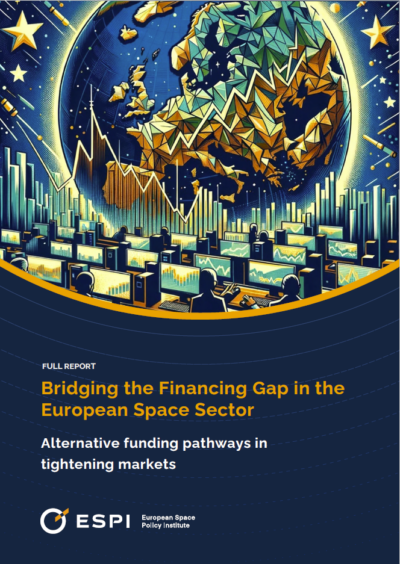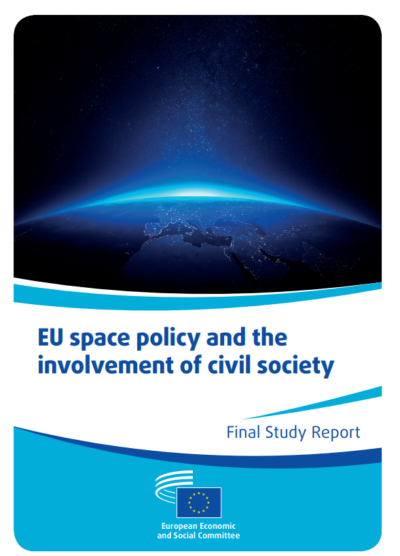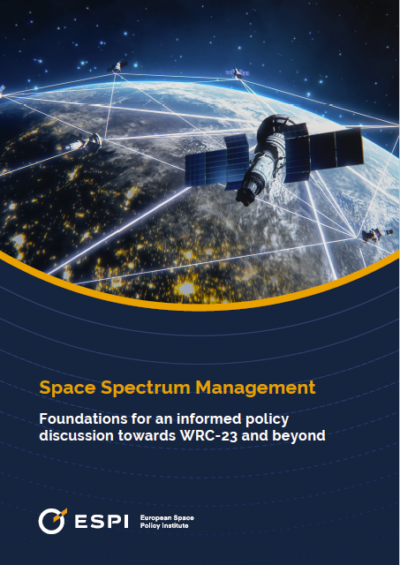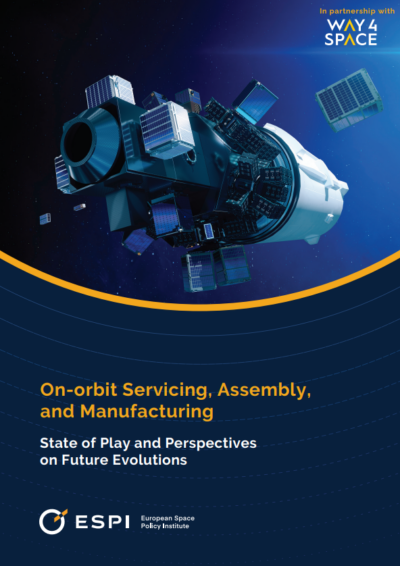1. Meteosat satellites and Europe’s central role in satellite meteorology
The antepenultimate flight of Ariane 5 on December 13th, 2022, carried on-board MTG-I1, the first in the series of third-generation Meteosat (MTG) satelliltes, operated by EUMETSAT.
To be fully deployed over the upcoming decade, the third generation of the Meteosat programme will consist of 6 geostationary satellites (4 MTG-Imagers and 2 MTG-Sounders), with radically improved instruments alongside completely novel ones for both Europe (Lightning Imager) and worldwide (Infrared Sounder),
Leveraging these capabilities, the new system will:
- contribute to save lives and infrastructure, feeding civil protection with near real-time information on fast-developing meteorological phenomena with potentially disastrous consequences, such as violent thunderstorms, heavy rains or wildfires.
- guarantee the continuity of data for weather forecasting from geostationary orbit for the national meteorological and hydrological services into the 2040s,
- ensure Europe’s persisting contribution to globally coordinated satellite meteorology activities under the World Meteorology Organisation (WMO) framework.
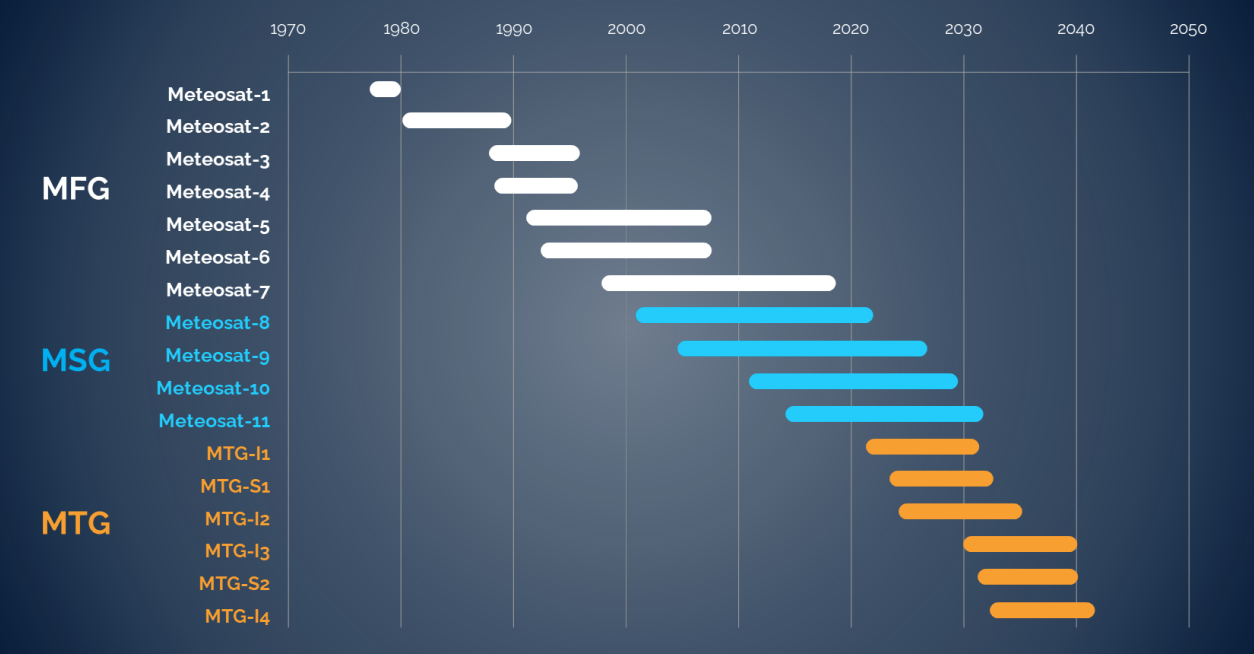
Timeline of past, current and planned Meteosat satellites (from launch date to end of service provision)
2. MTG – a European success story
MTG-I1 represents a European success story, visible in multiple dimensions:
a) 3o Member States European footprint and a steward of space “made-in-Europe”
EUMETSAT’s both core programmes, GEO-based Meteosat satellites and LEO-based MetOp series (EPS & EPS-SG), technically enjoy one of the widest European representation in terms of participating (funding) countries of public European space assets. EUMETSAT has 30 member states, some which are not members / associate members of ESA (Croatia, Bulgaria), EU (UK, Norway, Switzerland) or both (Turkey, Iceland).
On the upstream side of things, Meteosat spacecraft have been traditionally designed and manufactured by European industry and launched on European launch vehicles (apart from the very first Meteosat-1 in 1977), ensuring that the expenditures covered by European taxpayer are spent in Europe, fostering domestic industrial capabilities.

EUMETSAT 30 member states
b) Extraordinary stability of 38 years of ESA & EUMETSAT partnership
The very first approval of the Meteosat programme dates back to 1972 under the ESRO framework. Originally an ESRO/ESA programme, the creation of EUMETSAT in 1986 to take over the functions of operation and exploitation of spacecraft, initiated an interinstitutional cooperation, which has persisted till today, with a confirmed vision of initiating the work on Meteosat Fourth Generation satellites.
c) Proven model of institutional cooperation between intergovernmental organisations
The approx. €4.4 billion budget of the overall MTG programme is split between EUMETSAT (€3 billion) and ESA (€1.4 billion). The ESA-EUMETSAT cooperation is based on a clear responsibility sharing, leveraging unique strengths and expertise of the two organisations
| EUMETSAT role is to: | ESA role is to: |
| · design, integrate, validate & operate the system
· procure all launch services · develop the full ground infrastructure · retrieve, process and exploit the data to benefit of weather forecasting and climate research · financially contribute to development of the first satellite and fund all recurrent |
· develop MTG satellites fulfilling the requirements of the meteorological community
· oversee contract procurement, implementation, and satellite manufacturing · procure recurring satellites on EUMETSAT’s behalf |
The MTG programme also has an EU component, as it is also serving as host for a mission of the EU Copernicus programme with a specific payload (UVN imaging spectrometer), which is also developed by ESA, providing the Sentinel 4 mission (Sentinel-4A & 4B).

Comparison of cost estimates of EUMETSAT infrastructure (LEO + GEO) and the Copernicus programme (in billion EUR)
d) MTG’s EUMETSAT funding secured by user-driven national contributions
EUMETSAT budget, which fuels ~70% of investments in MTG, is generally covered by fees originating in member states’ national authorities representing the beneficiaries of the system, e.g.:
- meteorology offices
- environment ministries
- hydrology agencies
- public climate and atmospheric research institutes
This underlines a prominent role of users in funding the space infrastructure required to serve their needs. This is further strengthened by integration of national organisations in defining the requirements for programme’s next generations.
e) European leadership through technology excellence and a central role in global framework
While some of the capabilities of MTG have also been developed by other states, the distinctive combination of MTG’s multiple sensors will equip Europe with a world-leading infrastructure.
Internationally, the field of geostationary satellite meteorology is a small club, built around the premise of data exchange. Apart from Europe, only 6 other actors – USA, Russia, China, India, Japan & South Korea – operate meteorological spacecraft in the GEO belt. The coordination among them is ensured by WMO, a specialised UN agency. This UN umbrella greatly contributes to the abililty of this model to endure the challenging geopolical environment and sustain operational data sharing.
Another element of Meteosat’s international role is enabled by the traditional location of satellites at 0° longitude, which make them ideally located over the African continent. Coordinated EU-EUMETSAT efforts has already focused significant resources, ranging from ground infrastructure to awarenenss & training, to enhance the exploitation of Meteosat data by African weather and climate services.
3. Looking ahead
In 2021, EUMETSAT released a new comprehensive strategy. Beyond the deployment of the next-generation satellites in GEO (MTG) and LEO (EPS-SG) orbits, the strategy also sets the priorities to “continue and strengthen cooperation with the EU and space agencies worldwide”, and to “strengthen EUMETSAT’s flexibility, efficiency, and innovative spirit in order to be ready for the challenges ahead”.
Current trends in the space sector indeed raise a few challenges and opportunities to a successful implementation of this strategy and to the evolution of Europe’s satellite meteorology in the long run:
- Ensuring a high-quality and uninterrupted service. The immense socio-economic value of satellite meteorology necessitates safeguarding the service provision through a comprehensive risk management approach, acknowledging a fast-evolving risk landscape (e.g. cyber threats).
- Leveraging synergies between public and private actors. Commercial solutions in weather & climate applications of satellite data will grow in abundance and utility, putting in question the appropriate role of public actors in this ecosystem. While EUMETSAT member states have confirmed their willingness to continue with the model of publicly owned infrastructures, the organisation also recently launched its first pilot programme to buy commercial data, indicating the interest to rely on them as complementary resources, when they provide a clear added value.
- Sustaining international collaboration. The precision and reliability of contemporary weather forecasting would not be feasible without globally coordinated satellite observations. So far, meteorology has been able to overcome broader political problems.
4. Lessons from the Meteosat model
The deepening socio-economic relevance of space, which spurs new connections between the space sector and a) other industrial sectors; and b) major public policies, will continue to the drive the interest of public actors to develop and operate space infrastructures.
In finding the right models on the way forward, the achievements of the Meteosat model shall serve as a viable reference when defining future space operational programmes, in terms of:
- Generating funding from users and beneficiaries of the space infrastructure,
- Fostering an all-of-Europe approach,
- Relying on an operational entity, incl. with responsibilities towards users and user requirements,
- Leveraging an experienced development and implementation entity, ensuring required technology innovation,
- Securing programmatic stability in the long-term perspective, and

